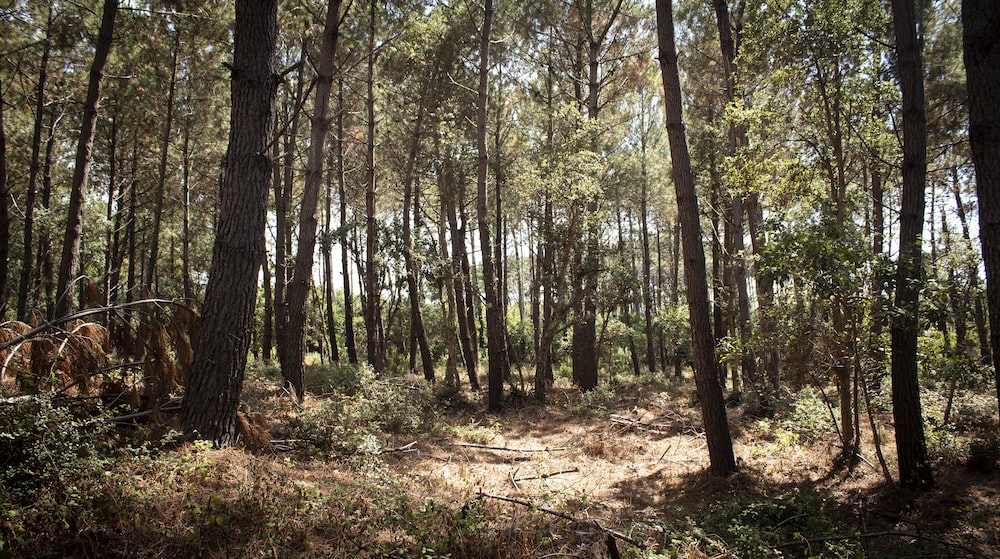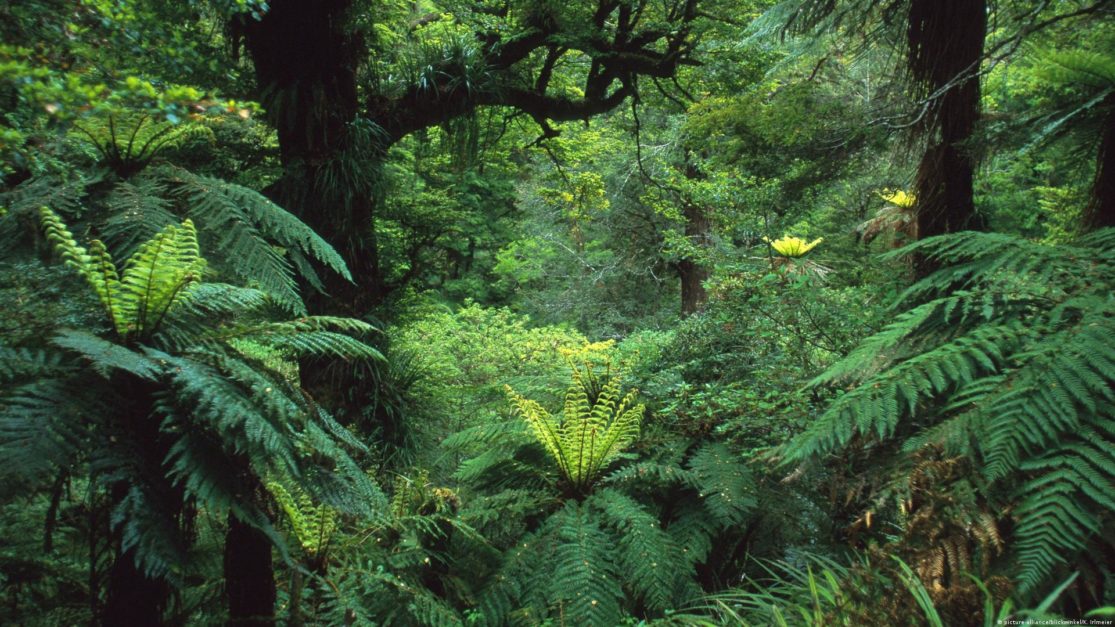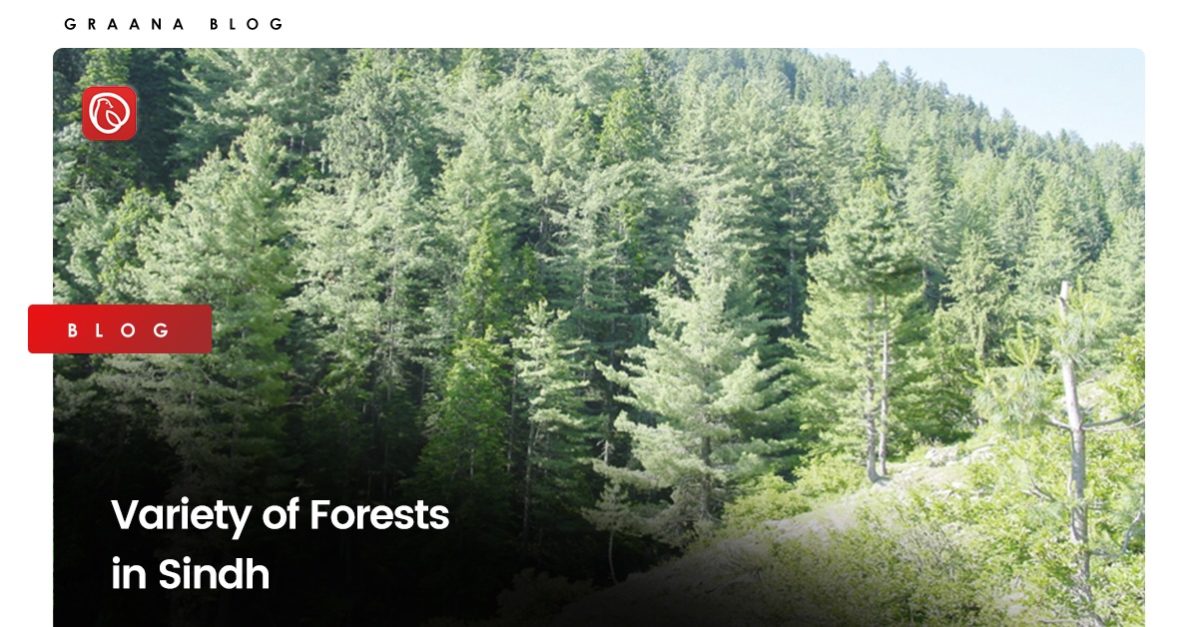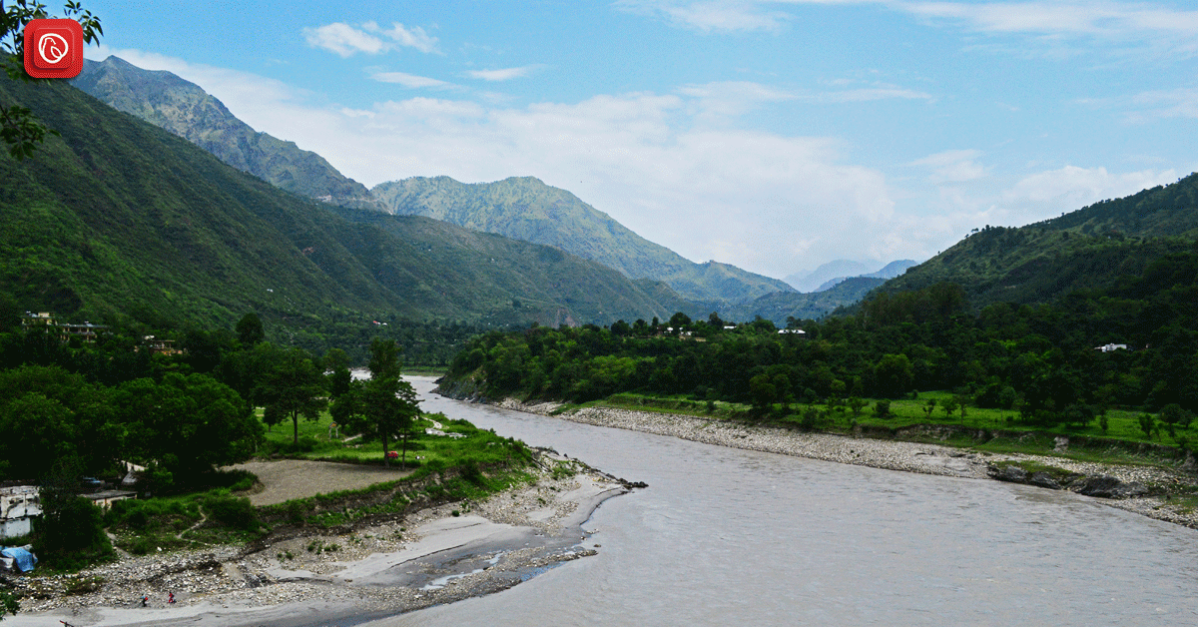Sindh, one of the four provinces of Pakistan, is home to a diverse range of forests that play a vital role in the region’s economy. These forests provide a wide range of benefits to the environment in general, including carbon sequestration, water regulation, and wildlife habitats, and are also important for the livelihoods of local communities.
However, due to various factors such as population growth, urbanisation, and illegal logging, these forests are under threat of deforestation. In this blog post, we will take a closer look at the different types of forests found in Sindh and the challenges they face.
Types of Forests in Sindh
Following are the different types of forests in Sindh:
- Mangrove Forests
- Dry Forests
Mangrove Forests

One of the most significant types of forests in Sindh is the Mangrove forest. These forests are found along the coast of Sindh and are characterised by their ability to thrive in saltwater environments. They are an important habitat for a wide range of plant and animal species, including fish, shellfish, and migratory birds.
The Mangrove forests of Sindh also play a crucial role in protecting the coast from erosion and storm surges. However, these forests are under threat from various human activities, including urbanisation, industrial development, and shrimp farming.
Dry Forests

Another important type of forest in Pakistan is the tropical dry forest. These forests are found in the southern part of the province and are characterised by their ability to survive in arid conditions. They are an important habitat for a wide range of plant and animal species, including the endangered Sindh ibex and the houbara bustard.
However, these forests are also under threat from various human activities, including illegal logging, overgrazing, and urbanisation.
Subtropical Forests

Sindh is also home to a number of subtropical forests. These forests are found in the northern part of the province and are characterised by their cool and wet climate.
They are an important habitat for a wide range of plant and animal species, including the Leopard, Black Bear, and the endangered Western Tragopan. However, illegal logging, overgrazing, and urbanisation have resulted in devastating losses for these forests.
In addition to the above types of forests, Sindh is also home to a number of other forest types, including riverine forests, desert forests, and montane forests. Each of these forest types plays a unique role in the province’s ecology.
Challenges Faced by The Forests in Sindh
The challenges faced by forests in Sindh are complex and multifaceted. Some of the main challenges are population growth and urbanisation, which have led to increased demand for land and resources. This has led to clearing of forests for agriculture, urban development, and industrial projects.
Illegal logging is also a major problem in Sindh, driven by high demand for wood products and facilitated by weak law enforcement and corruption. Overgrazing and other forms of land-use change are also major threats to forests in Sindh.
Measures Taken to Address These Challenges
To address these challenges, a comprehensive approach is needed that integrates conservation, sustainable land use, and community development. This requires collaboration between the government, private sector, and local communities, as well as investment in sustainable land use practices and conservation efforts.
Legal and Policy Framework Strengthening
One of the key measures that can be taken to conserve forests in Sindh is to strengthen the legal and policy framework that governs the use of forest resources.
This includes laws and regulations to prevent illegal logging, overgrazing, and other forms of land-use change. It also includes policies and programs to promote sustainable land use practices and conservation efforts.
Management of Forests
Another important measure is to increase the involvement of local communities in the management of forests. This includes involving local communities in the planning and implementation of conservation and sustainable land use projects, as well as providing them with alternative livelihood options that do not depend on the over-exploitation of forest resources.
This can also include training in sustainable agriculture, agroforestry, and non-timber forest product collection and marketing.
Spreading Awareness
Education and awareness-raising efforts also play an important role in forest conservation. This includes educating the general public about the importance of forests, why Pakistan needs more forests, and the negative impacts of deforestation, as well as training local communities in sustainable land use practices.
Enforcement of Laws
In addition, it is important to improve the monitoring and enforcement of laws and policies related to forest conservation.
This includes strengthening the capacity of forest departments and other relevant agencies to monitor and enforce laws and regulations related to forest conservation, as well as increasing the participation of local communities in monitoring and enforcement efforts.
Investing in Research and Development
Finally, it is important to invest in research and development to improve our understanding of the state of forests in Sindh, and to identify the most effective strategies for conserving these important ecosystems. This includes research on the ecology and biodiversity of forests, as well as research on the social, economic and political factors that influence the management and use of forest resources.
The government of Sindh has already initiated a number of sustainable forest management programs, such as the Sindh Forest Management Project. These programs aim to improve the management of forests in different parts of the province, with the goal of increasing the productivity and resilience of the forests.
However, the success of these programs is dependent on a number of factors, such as the availability of funding, the capacity of the forest department, and the ability to enforce laws and regulations related to sustainable forest management.
Another important measure to conserve forests in Sindh is to promote the sustainable use of non-timber forest products. Non-timber forest products are any products other than timber that are derived from forests. These products include a wide range of items, such as fruits, nuts, medicinal plants, and fibres.
The sustainable use of non-timber forest products can provide a range of benefits for forests, such as increased funding for conservation and sustainable land use, as well as increased awareness and appreciation of the value of the forests.
This includes measures such as reforestation, afforestation, sustainable forest management, ecotourism, the sustainable use of non-timber forest products, the development of sustainable forest-based industries, and strengthening governance and the rule of law. With the cooperation of all stakeholders, we can work to conserve the forests of Sindh for the benefit of current and future generations.
For more information, visit Graana.com.




